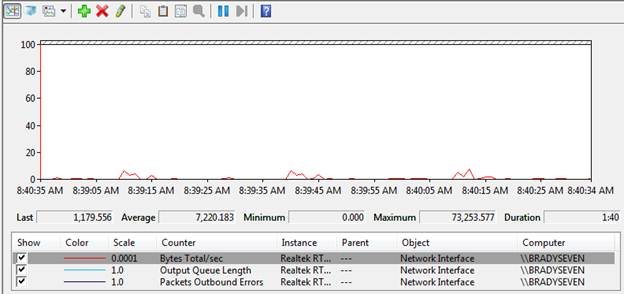Performance tuning is a big subject and there are a lot of different pieces to troubleshooting a poor performing database or application. I like to use the 5 level process shown below:
- Server Hardware
- Operating System
- SQL Server
- Database
- Application
Hardware
When troubleshooting poor performance don’t always assume it’s something wrong with the database itself. The problem often lies deeper. We’ll start with hardware. If the hardware isn’t up to par, your OS, database, and application will suffer.
One of the best tools to monitor hardware are counters that are part of the Performance Monitor, or PerfMon for short. I’m not going to go into how to use PerfMon, which can be covered in a different tip, but I will tell you some of the most important counters to watch and a description of what they do.
Network Counters:
- Network Interface: Bytes Total/sec – Bytes Total/sec is the rate at which bytes are sent and received over each network adapter, including framing characters. Network Interface\Bytes Total/sec is a sum of Network Interface\Bytes Received/sec and Network Interface\Bytes Sent/sec. This value should be pretty low.
- Network Interface: Output Queue Length -Output Queue Length is the length of the output packet queue (in packets). If this is longer than two, there are delays and the bottleneck should be found and eliminated, if possible. Since the requests are queued by the Network Driver Interface Specification (NDIS) in this implementation, this should always be 0.
- Network Interface: Packets Outbound Errors – Packets Outbound Errors is the number of outbound packets that could not be transmitted because of errors. This value should stay at 0 also.


